Brighter Tomorrow: Help the children of Babag, Philippines
In the mountains of Cebu, child sponsorship has the power to send children to school safely and encourage them to chase their dreams.
Sponsored children: 0 of 13
Southeast Asia is a geographically expansive region characterised by its enthralling yet intricate social and cultural diversity, pristine sandy beaches, and a paradise for culinary flair. Yet Southeast Asia is also infamous for contributing towards some of Asia’s sordid reputation. Among these, the region is still grappling with poverty, a high average rate of infant mortality, stagnating literacy rates, poor sanitary conditions, and under-development. The region is also notorious for the Golden Triangle – an intersecting forested area where the borders of Thailand, Laos and Myanmar converge and is known for being the hub for illicit drug trade that spreads throughout Asia and beyond. More recently, Southeast Asia gained further international notoriety when Myanmar launched a military coup in 2021, deposing Nobel peace laureate Aung San Suu Kyi and her government in the process. Three years on, the country has become an international pariah with Myanmar still reeling from the ramifications of domestic turmoil.
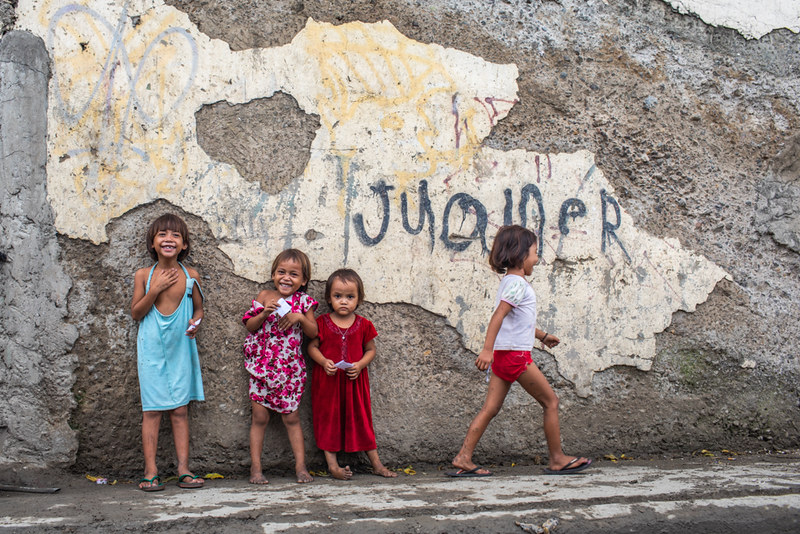
As poverty rates surge, worsened by COVID-19 and political instability, it is the innocent children who have suffered the most.
The Asian Development Bank (ADB) estimates that the poverty rates across Southeast Asia are expected to rise exponentially if urgent action is not taken. The Covid-19 pandemic alone has eliminated 9 million jobs and relegated 4.7 million people into extreme poverty. The issue has been even worsened in Myanmar when the recent political instability has erased decades of good progress with 40 percent of the Burmese population plunged into poverty following the 2021 coup d’état (World Bank’s data).
With poverty rampant, parents often had to re-evaluate the family’s priorities where many are struggling to fulfil the basic needs of putting food on the table, let alone sending their children for education. To this end, the UN estimates that more than 7 million children in Myanmar alone were taken out of schools. During the height of the conflict, many schools were shut and its subsequent vacancy allowed militant fighters to convert the schools into makeshift bunkers. As firefight ensued, many schools and educational institutions were either destroyed or left ablaze.
Many other developing countries across Southeast Asia lack the necessary capabilities to invest in proper educational infrastructure. In Southeast Asia, it is common to see kids cramped into a dim and dilapidated hut, sitting on cold hard concrete or at best, wooden stools trying to learn and absorb as much knowledge as they can. For these children, education is probably a privilege.
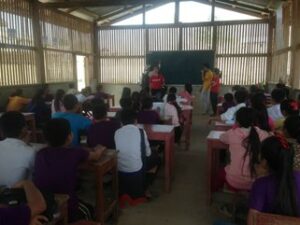
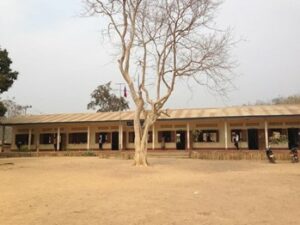
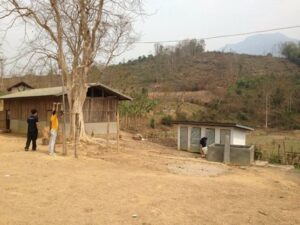
These were the observations and wisdom gained during my visit to a Laotian village near Luang Prabang back in 2015. Being a Singaporean, I am blessed to have received a world-class education. Nowadays, it is easy for Singaporeans to whine over faulty air-conditioning in the classroom without sparing a thought for our regional contemporaries who do not even have proper tables or chairs to study from. In some sense, citizens of developed countries have been living in the proverbial “ivory tower” where many subconsciously turn a blind eye to the plight of the destitute and vulnerable, especially if these communities are situated far away. Hence, more can be done to shed light on the challenges of the vulnerable and help those in need.
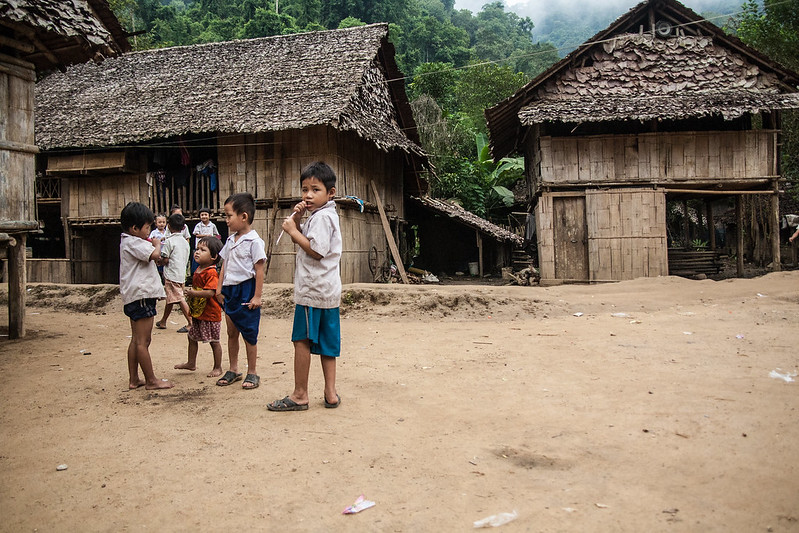
Many Southeast Asian nations face the misery of having a major shortage of qualified teachers. It is exacerbated in Myanmar where many teachers were against the military regime and had either donated or joined with resistant efforts. This contributed to a major retaliatory clampdown by the government forces, spreading fear and anxiety among the teaching community with many deciding to flee to neighboring countries.
Daw Sandar (not her real name) was a case in point. Being a former lecturer at the University of Myeik, she was terminated from the university after receiving a tip-off about her arrest for donating money to resistant fighters. Afraid of being incarcerated, Daw Sandar had no choice but to flee Myanmar and seek refuge in neighbouring Thailand. Daw is not the only teacher who had to escape from the country. Such unfortunate circumstances led to a severe brain drain as talents continued flooding out of Myanmar, leaving children with poor-quality education.
The coagulation of such determinants often precipitates the self-fulfilling cycle where children who do not receive quality rudimentary education from a young age are more likely to fall prey to a life of crime. Imagine a world where every child has access to quality education. It could well be a panacea for many of Southeast Asia or even the world’s problems. Imagine a world where children are taught about the detrimental effects of drugs. It could solve or at least mitigate Southeast Asia’s illicit drug trade where research has proven the correlation that educated individuals are less likely to engage in drug use. Imagine a world where children are exposed to the basics of accounting, linguistics, science, math, and critical thinking. It could develop and springboard the children of today into leaders of tomorrow. With more educated individuals entering every stratum of the workforce, poverty rate would decline, the private sector is expected to flourish with greater inflow of talent while the public sector would gain new batches of intellectual, honest, and constructive civil servants who could help remedy the challenges of tomorrow and prevent political logjams.
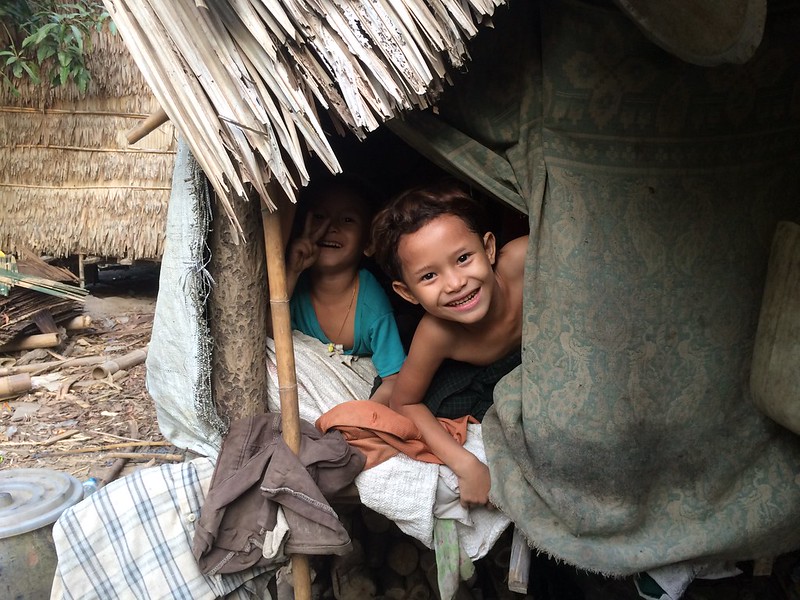
While these may portray wishful thinking and paint an idealistic future, hope is not all lost. There are many ways in which one could support such an endeavour. For a start, there are many charities and societies like the Children of the Mekong, whose fundamental mission is to provide support, education, and training for vulnerable communities. If schedule, circumstance, and physical conditions permit, donating one’s time and effort would be, in my view, one of the best ways to help those in need. One can consider volunteering be it to teach children English, help in the construction of schools or even advocate for greater access to education for girls. From my experience serving in Laos PDR, I may have lost my voice teaching the young kids English but in turn, I have gained so much more as my perception about life has changed forever.
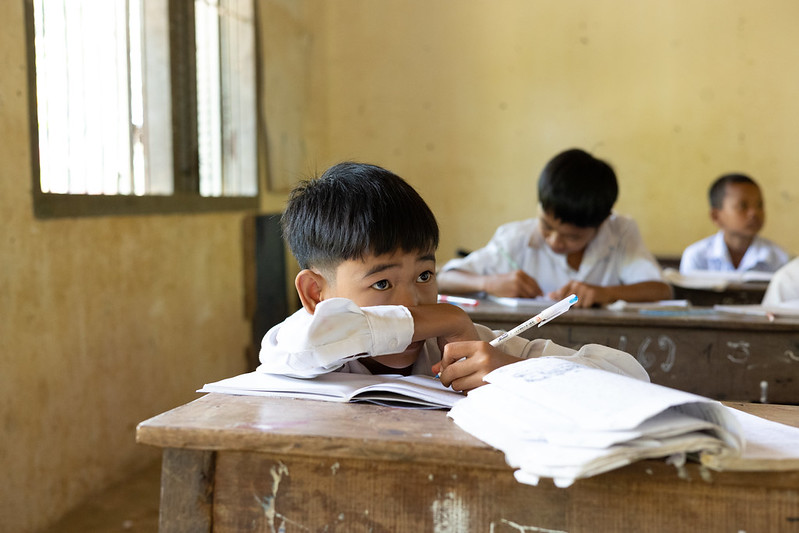
If time and circumstance remain a challenge, there are other means to provide support. One could consider the option of donating or being a child sponsor. At Children of the Mekong, individuals can choose to donate in support of any one of the 4 key pillars. Individuals could assist by either
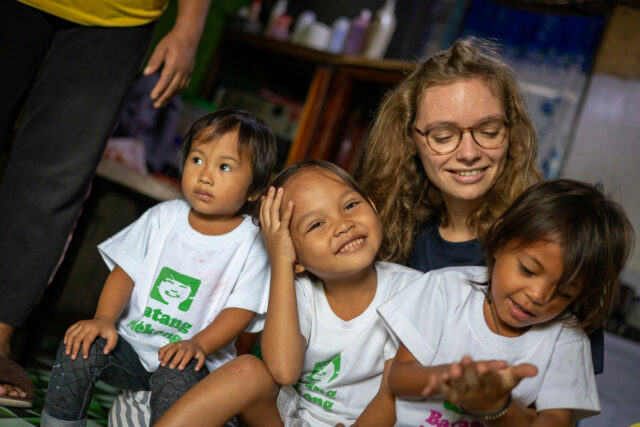
Since its inception, the works of children of the Mekong have gone far beyond merely sponsoring a child’s educational journey. As Southeast Asia embarks on its developmental journey, the charity has also grown with the times and evolved its approach towards community service. Today, Children of the Mekong has grown in stature and has developed a successful track record of constructing critical infrastructure and developing holistic training courses that not only enhance students’ confidence but also prepare and propel them towards success.
You too can play a pivotal role and be a part of supporting Southeast Asia’s next generation by considering donating. It is imperative to not underestimate the power of action as any donation or support would go a long way in changing the world of the boys and girls across the Mekong Delta. Just like Martin Luther King who had a dream for a fair and just society where the minority communities could thrive, similarly, the kids of Southeast Asia simply dream for a life of opportunity… and those dreams could well start with you.
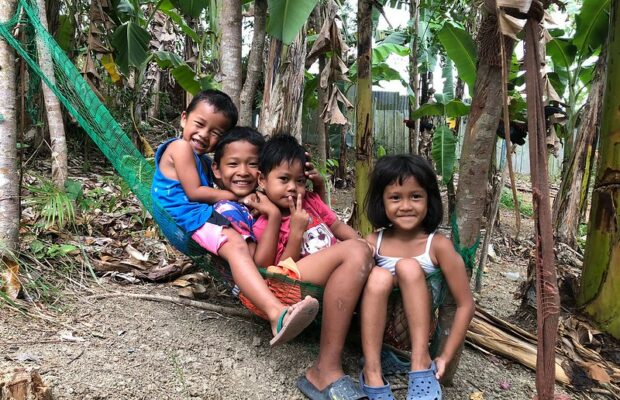
In the mountains of Cebu, child sponsorship has the power to send children to school safely and encourage them to chase their dreams.
Sponsored children: 0 of 13
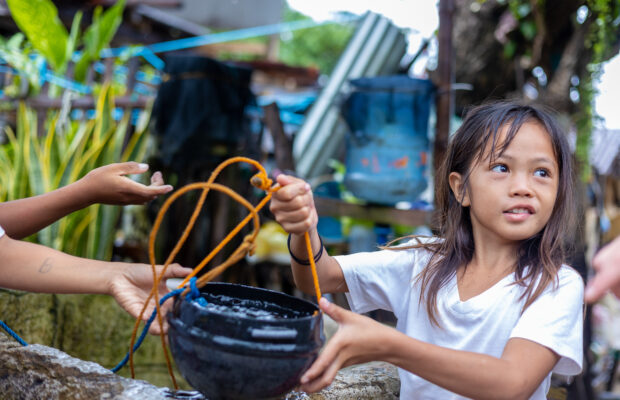
In the small town of Liboro, Philippines, sponsorship has the possibility of transforming the lives of young people by sending them to school.
Sponsored children: 11 of 13
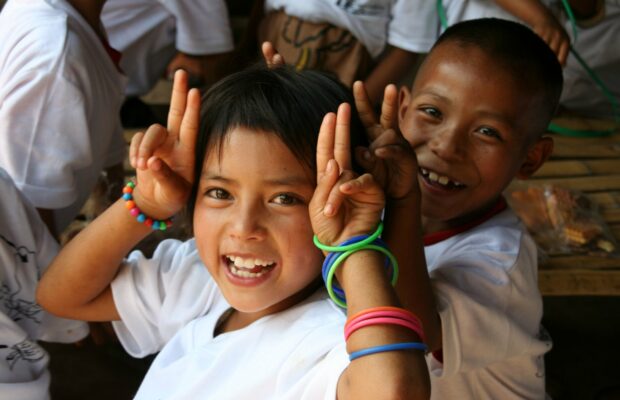
In this neglect community not far from Bangkok, sponsorship is vital in supporting the basic needs of families, enabling their children to attend school. […]
Sponsored children: 11 of 14
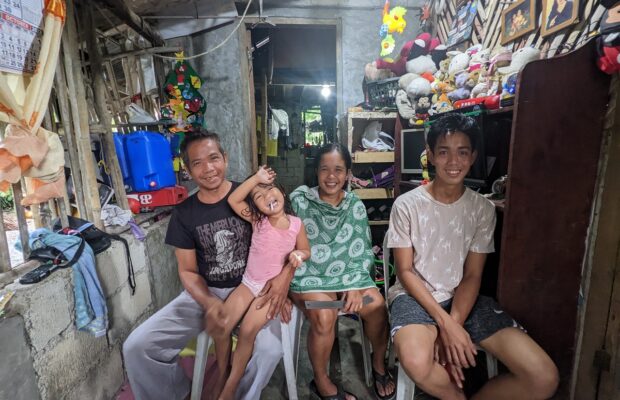
In this isolated region in the north of the country, it is difficult if not impossible for the poorest families to send their children […]
Sponsored children: 14 of 15
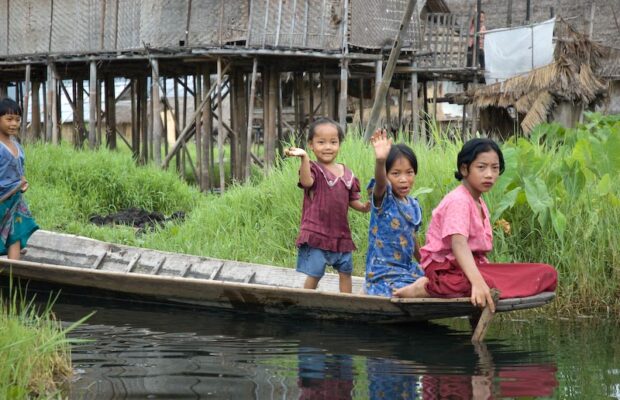
The current situation in Myanmar is more than complex – ethnic minorities are torn between a political crisis, increasing poverty, drug and human trafficking […]
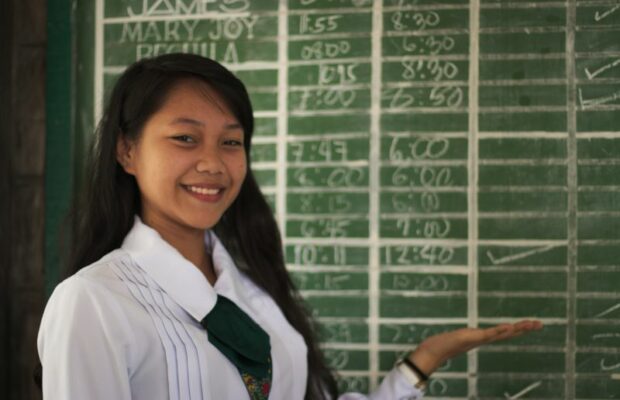
Urban poverty is appalling in the Philippines. Sponsor a child today and give them the chance to get out of poverty thanks to the […]
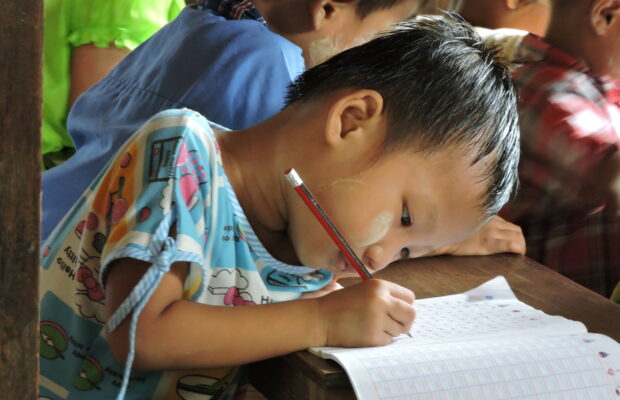
It is a real challenge for children in Tedim to go to school. This child sponsorship is a unique opportunity for these children to […]
Sponsored children: 24 of 31
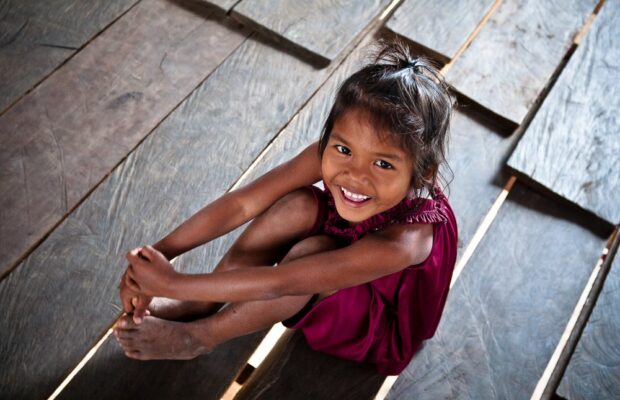
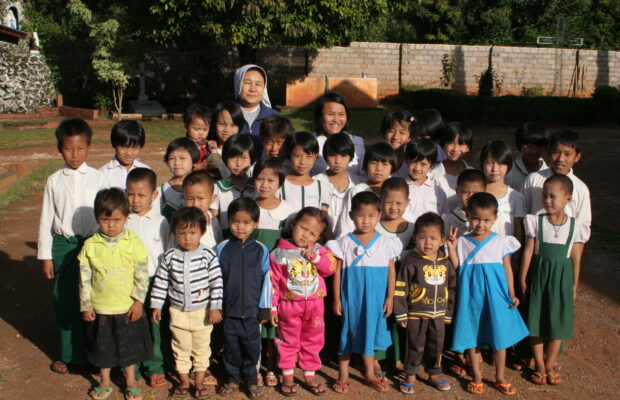
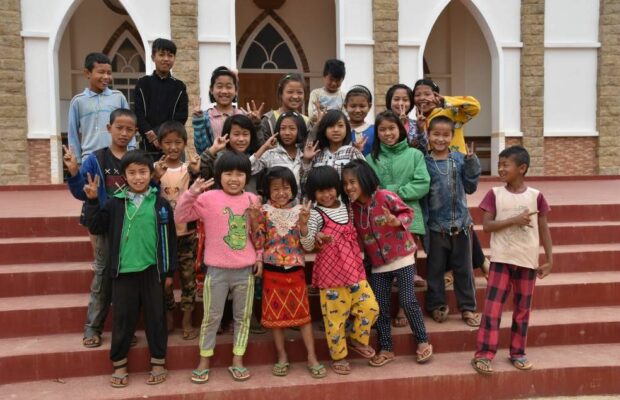
The Nam Khai programme supports the education of children who live in an isolated rural region plagued by armed conflict, drug trafficking and human […]
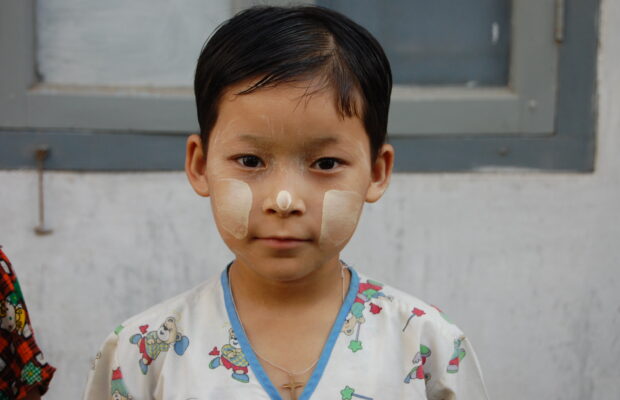
Sponsor a child from Myanmar
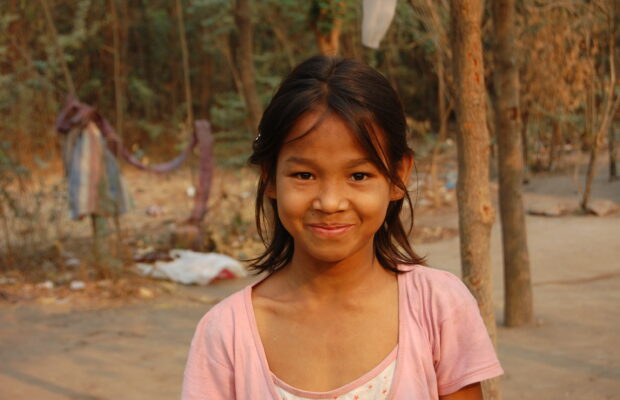
The Kyauk Tan centre, located east of Yangon, caters to children from communities that live on the margins of development. One-third of the children […]